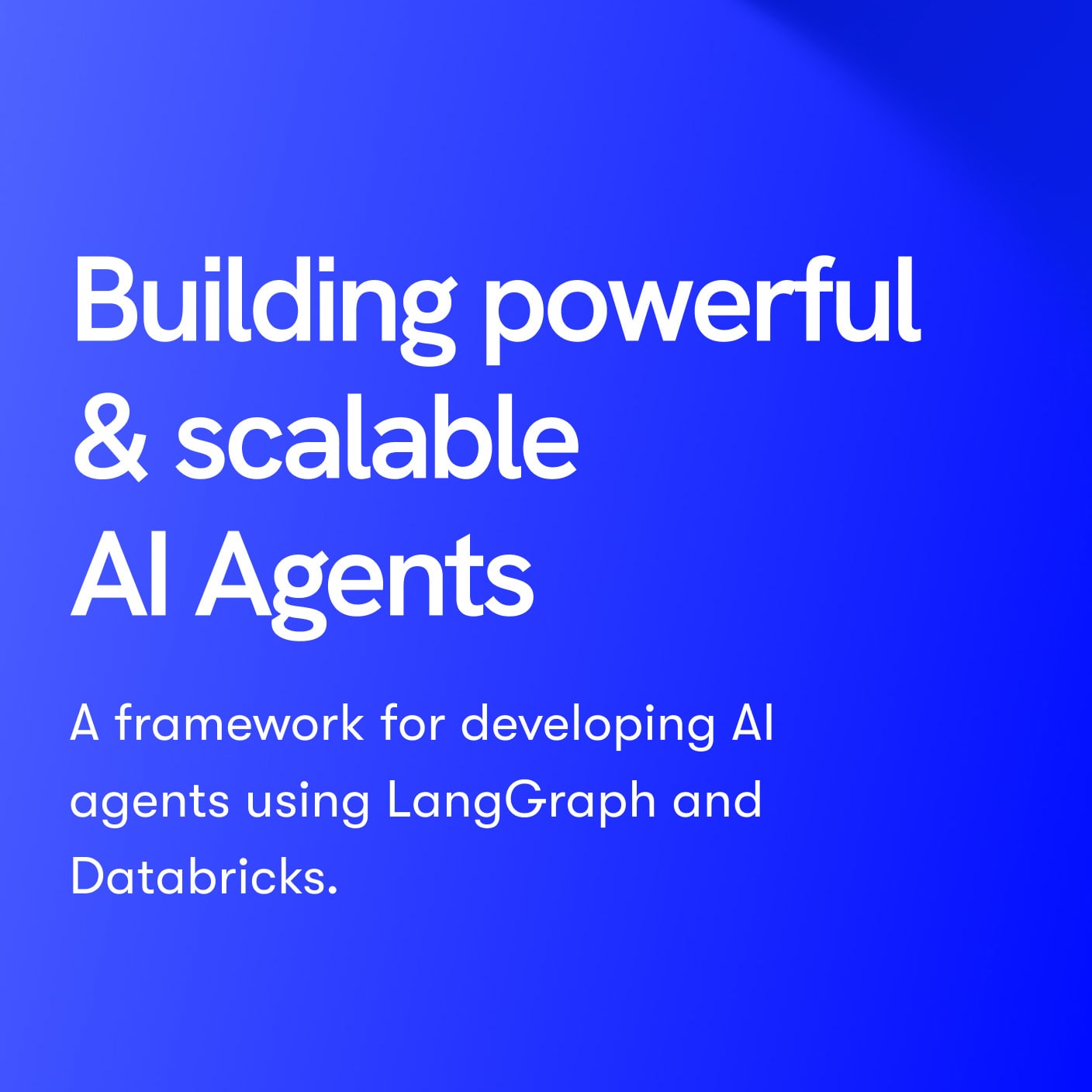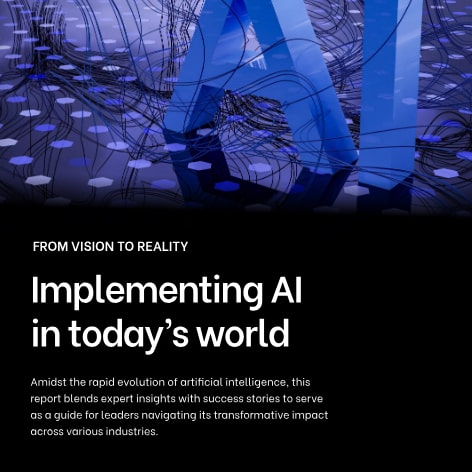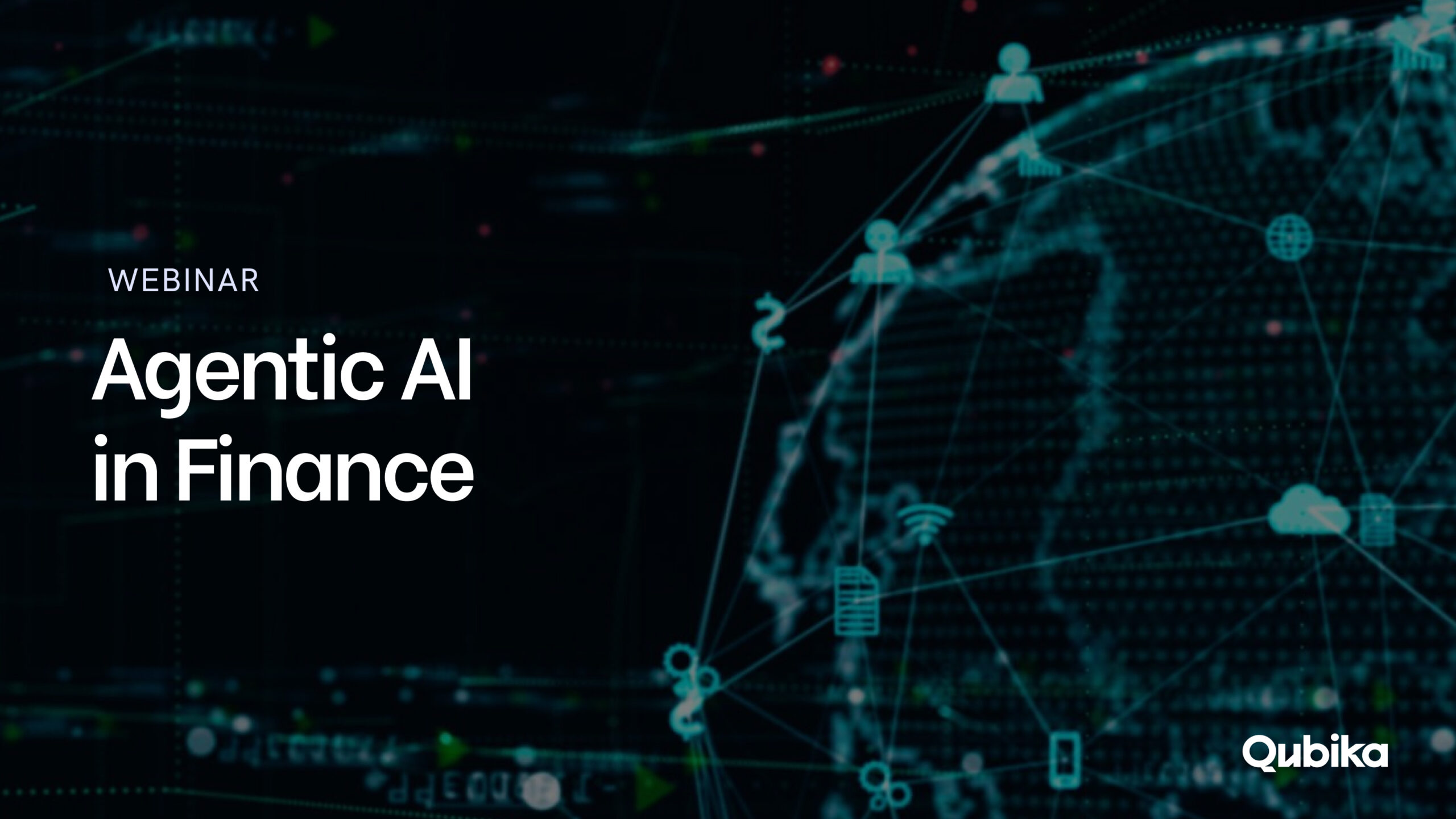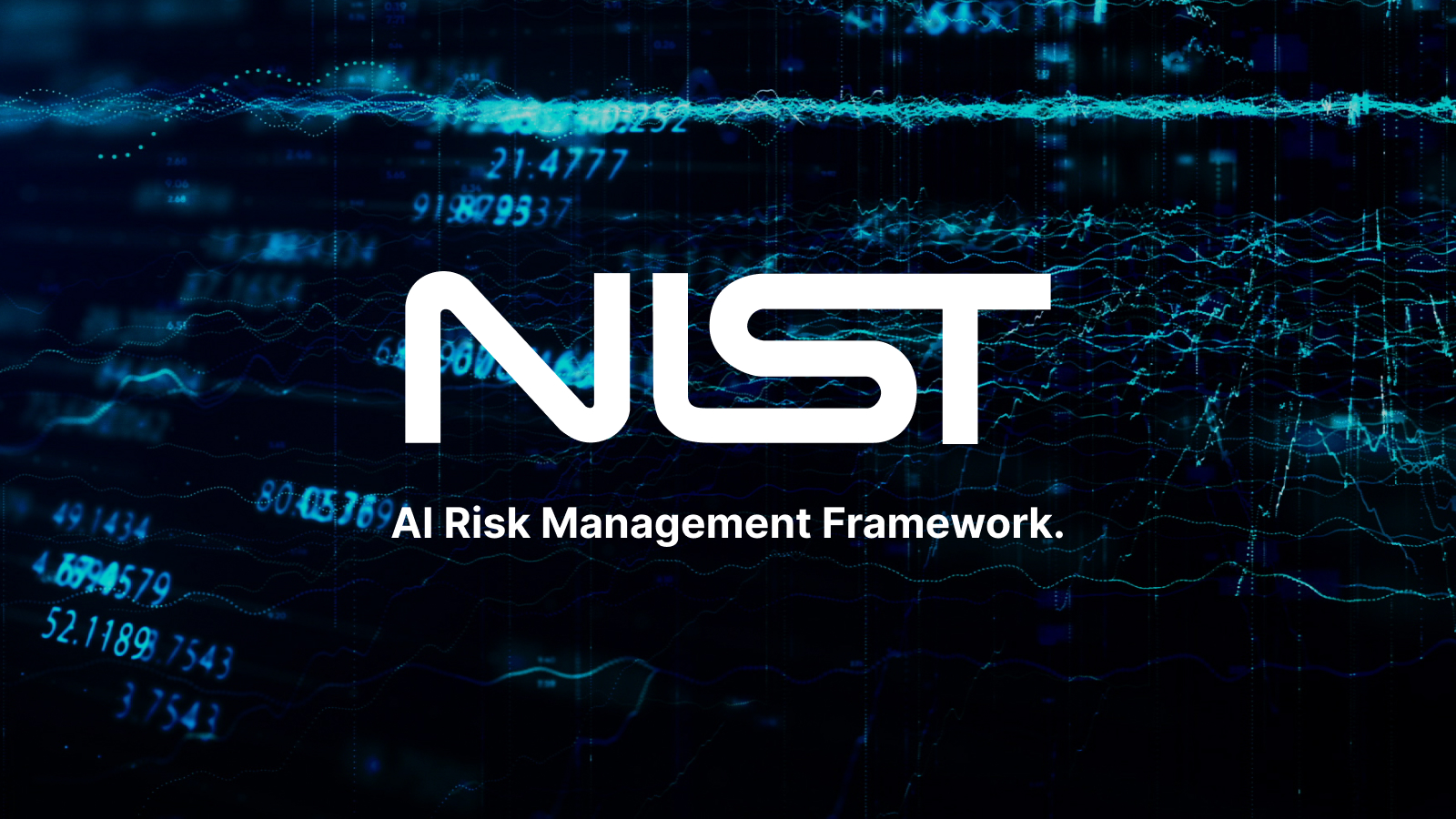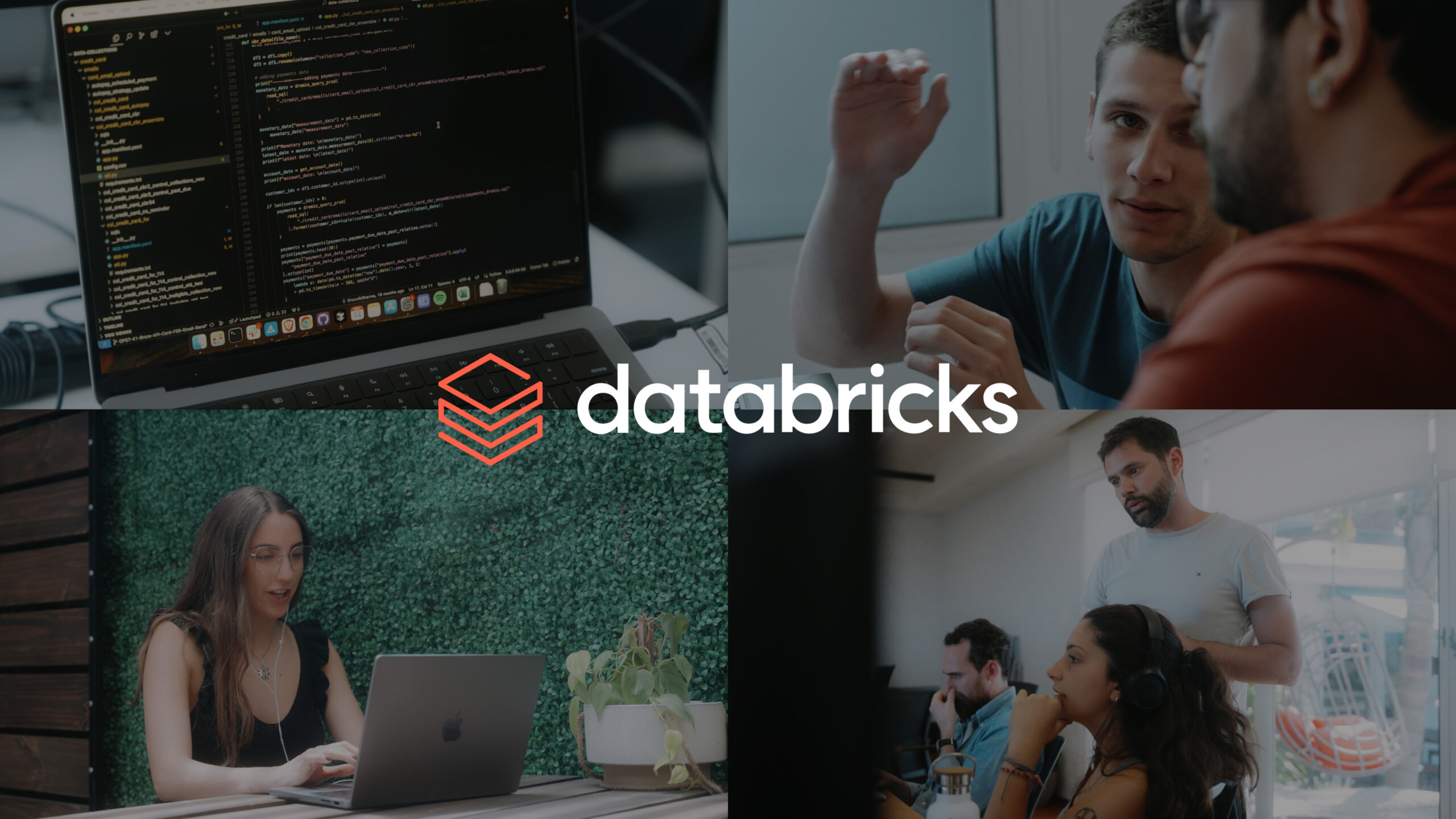Financial services has long been one of the most highly regulated and security-conscious industries. As more financial organizations adopt AI to power their operations, security, and core services, the threats they face have dramatically amplified. The security landscape is expanding in significant ways – so ensuring robust data security in AI-driven financial services has become a cornerstone of trust, compliance, and operational resilience.
AI components and systems that are being used by financial services firms must undergo security assessments. This should include deep technical assessments to identify vulnerabilities across the AI lifecycle – testing for adversarial robustness, data privacy exposure, and specific flaws in Large Language Models (LLMs), such as those outlined by the OWASP Top 10 for LLM Applications. Industry-recognized frameworks such as the OWASP Top 10, and the NIST AI Risk Management Framework which Qubika is compliant with, are a particularly useful resource for outlining critical vulnerabilities like prompt injection, insecure supply chains, and data poisoning, which are now common attack vectors in financial AI environments.
Embedding security into the AI lifecycle: A Qubika approach
Drawing on our experience in AI transformations for financial services, we advocate for embedding security throughout the entire AI lifecycle – to create a secure AI development lifecycle. This is a strategic evolution of the traditional secure software development lifecycle (SDLC), specifically tailored to the unique complexities of AI and machine learning. By putting data security in AI-driven financial services at the center, we integrate controls directly into your MLOps pipeline, ensuring a “secure-by-design” approach that addresses risks at every stage – from data ingestion and model training to deployment and continuous monitoring.
By adopting this comprehensive framework, financial organizations can move beyond reactive security measures and build resilient, trustworthy AI systems that protect sensitive data and maintain customer trust. This proactive approach not only strengthens an organization’s security posture but also ensures compliance with stringent industry regulations.
1. Data ingestion
- Implement rigorous data sanitization. This is your first line of defense against training data poisoning. We vet datasets for anomalies and adversarial markers to ensure the integrity of the information your models learn from.
- Anonymize sensitive data. To prevent sensitive information disclosure, we ensure that all personally identifiable information (PII) is properly anonymized or secured with strict access controls.
2-Model training & validation
- Apply adversarial testing and red teaming. Before a model goes live, we simulate attacks like prompt injection and unauthorized command prompts to verify its resilience.
- Validate outputs for both correctness and security. We check model outputs not just for accuracy but also for security flaws, preventing vulnerabilities like cross-site scripting (XSS) or code execution.
3. Secure deployment
- Enforce the principle of least privilege. An LLM shouldn’t have excessive agency. We ensure models can’t perform sensitive operations without proper human oversight, preventing them from accessing or modifying critical systems.
- Monitor for resource abuse. To safeguard performance and control costs, we implement monitoring to detect unbounded consumption and potential denial-of-service attacks.
4. Continuous monitoring & feedback loops
- Actively monitor outputs and behaviors. We continuously watch for anomalous outputs, potential data leakage, or misuse of APIs.
- Update security controls as threats evolve. Since new threats emerge constantly, we continuously update our security controls to adapt to new vulnerabilities and model advancements.
Real-world impact: Qubika in action
For one of our clients we deployed AI and machine learning pipelines to serve over three million customers, a project that demanded both operational efficiency and security.
By integrating with platforms like Databricks, we’re able to accelerate credit risk modeling while layering in a “security by design” philosophy. This ensures that adversarial robustness and privacy protection are built into every phase of the project, not just added at the end.
At the same time, Qubika’s adherence to the NIST AI Risk Management Framework meant we could demonstrate risk awareness and resilience at each stage, giving both the client and their regulators confidence that adversarial robustness and privacy protection were foundational to the system.
Learn more about our work: https://qubika.com/work/avant/
Watchouts: Emerging LLM-specific threats
- Prompt injection remains one of the highest-risk threats, where a user can exploit an LLM with crafted inputs or hidden instructions to manipulate its behavior.This can lead to the system revealing confidential data, executing unauthorized actions, or generating misleading information.
- Training data poisoning is a stealthy attack where malicious data is injected into a model’s training dataset. This can corrupt the model’s integrity, leading it to make biased decisions, like improperly flagging legitimate transactions as fraudulent or vice versa, and can create hidden “backdoors” that a criminal can exploit later.
- Overreliance on AI combined with a lack of security and governance processes can introduce compliance and security risks. Using unchecked AI to replace human analysis without proper safeguards can lead to errors and security vulnerabilities. These emerging threats highlight the need for a security framework that is purpose-built for the unique vulnerabilities of AI systems – and why Qubika advocates for our “Responsible AI” approach.
Conclusion: Toward a secure, trustworthy AI-finance future
At Qubika, we believe that empowering our clients with transformative data and AI-powered solutions must go hand-in-hand with robust security. By embedding adversarial robustness, data privacy, and compliance into every stage of the AI lifecycle, we ensure that innovation is both powerful and protected.
As AI models continue to advance and regulatory scrutiny tightens, structuring AI pipelines around the OWASP Top 10 for LLMs, NIST AI RMF, and secure-by-design principles is an essential requirement for a trustworthy financial future.
Cybersecurity Studio
Explore how Qubika’s Cybersecurity Studio can help you embed resilience and trust into your AI systems.

